FIN571 Week 6 Finals Latest
All 30 MCQ for the week 6 finals, 100% result assured.
FIN571 FINAL PAPER 30/30 MCQs correct answers
A+ grade guaranteed! I always give g...




FIN571 FINAL PAPER 30/30 MCQs correct answers
A+ grade guaranteed! I always give g...



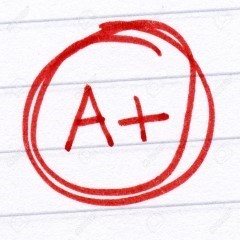
FIN571 FINAL PAPER 30/30 MCQs correct answers
1) Which of the following statements is true? A. A security is a claim issued by a firm that pays owners interest, not dividends. B. A call option analyzes conflicts of interest and behavior in a principal-agent relationship. C. An agent-manager can never make bad decisions. D. The difference between the value of one action and the value of the best alternative is called an opportunity cost. 2) Book value, or net book value, refers to A. the statement of a firm's financial position a...




FIN571 FINAL PAPER 30/30 MCQs correct answers
FIN 571 Week ...




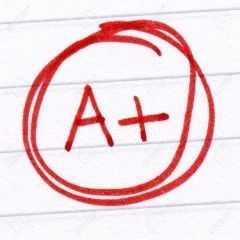
FIN571 FINAL PAPER 30/30 MCQs correct answers
Multiple Choice Question 51
Which of the following is considered a hybrid organizational form?
limited liability partnership
partnership
corporation
sole proprietorship
Multiple Choice Question 59
Which of the following is a principal within the agency relationship?
the CEO of the firm
a shareholder
the board of directors
a company engineer
Multiple Choice Question 57
Teakap, Inc., has current assets of $ 1,456,312 and total assets of $4,812,369 for the year ending September 30, 2006. It also has current liabilities of $1,041,012, common equity of $1,500,000, and retained earnings of $1,468,347. How much long-term debt does the firm have?
$2,123,612
$803,010
$1,844,022
$2,303,010
Multiple Choice Question 78
Which of the following presents a summary of the changes in a firm’s balance sheet from the beginning of an accounting period to the end of that accounting period?
The statement of retained earnings.
The statement of working capital.
...





FIN571 FINAL PAPER 30/30 MCQs correct answers
Defining Financial Terms August 26, 2009 Name Defining Financial Terms Define the following terms and identify their role in finance: 1. Finance: Finance refers to t...



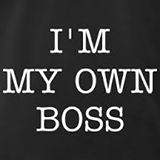
FIN571 FINAL PAPER 30/30 MCQs correct answers
1) Occurs when a "follower" receives the benefit of an expenditure made by a "leader" by imitating the leader's behavior. A. free-rider problem B. The Principle of Comparative Advantage C. asymmetric information D. put option 2) Occurs when inaccurate information can falsely exist. A. moral hazard B. The Principle of Valuable Ideas C. free-rider problem D. adverse selection 3) Refers to situations wherein the agent can take unseen actions for personal benefit even though such actions are costly to the principal. A. adverse selection B. moral hazard C. zero-sum game D. The Behavioral Principle 4) The annual report refers to A. a report issued annually by managers to primarily convey information about select working capital ratios. B. the length of time remaining until an asset's maturity. C. a report issued annually by a firm that includes, at a minimum, an income statement, a balance sheet, a statement of cash flows, and accompanying notes. D. the extent to which something can be sold for cash quickly and easily without loss of value. 5) Remaining maturity refers to: A. the length of an asset's life when it is issued. B. a technical accounting term that encompasses the conventions, rules, and procedures necessary to define accepted accounting practice at a particular time. C. a report issued annually by a firm that includes, at a minimum, an income statement, a balance sheet, a statement of cash flows, and accompanying notes. D. the amount of time remaining until its maturity. 6) Generally accepted accounting principles (GAAP) refers to A. the length of an asset's life when it is issued. B. a technical accounting term that encompasses the conventions, rules, and procedures necessary to define accepted accounting practice at a particular time. C. a report issued annually by a firm that includes, at a minimum, an income statement, a balance sheet, a statement of cash flows, and accompanying notes. D. the extent to which something can be sold for cash quickly and easily without loss of value. 7) Original maturity refers to: A. the length of an asset's life when it is issued. B. a technical accounting term that encompasses the conventions, rules, and procedures necessary to define accepted accounting practice at a particular time. C. the price for which something could be bought or sold in a reasonable length of time, where “reasonable length of time” is defined in terms of the item's liquidity. D. the net amount (net book value) for something shown in quarterly accounting statements. 8) The firm's assets in the balance sheet refer to: A. the extent to which something can be sold for cash quickly and easily without loss of value. B. the statement of a firm's financial position at one point in time, including its assets and the claims on those assets by creditors (liabilities) and owners (stockholders' equity). C. the productive resources in the firm's operations 9) Book value (or Net book value) refers to: A. the length of an asset's life when it is issued. B. the statement of a firm's financial position at one point in time, including its assets and the claims on those assets by creditors (liabilities) and owners (stockholders' equity). C. the price for which something could be bought or sold in a reasonable length of time, where “reasonable length of time” is defined in terms of the item's liquidity. D. the net amount shown in the accounting statements. 10) The return expected by equity investors is called the __________. A. market capitalization rate. B. dividend yield. C. average cost of capital. D. none of these 11) Assume that the par value of a bond is $1,000. Consider a bond where the coupon rate is 9% and the current yield is 10%. Which of the following statements is true? A. The market value of the bond is more than $1,000 B. The current yield was a lot less than 9% when the bond was first issued C. The current yield was a lot greater than 9% when the bond was first issued D. The market value of the bond is less than $1,000 12) Preferred stock payment obligations are typically __________. A. viewed like debt obligations. B. issued with a maturity date. C. valued as an annuity. D. none of these 13) Certain countries have restrictions. In practice, U.S. investors have NOT invested very much internationally. Possible factors include __________. A. lower transaction costs. B. less political risk. C. costs of converting currencies. D. all of these 14) Certain countries have restrictions. In practice, U.S. investors have NOT invested very much internationally. Possible factors include __________. A. non-listing of foreign securities on U.S. stock exchanges. B. foreign tax considerations. C. efficiency in converting currencies. D. ...





Number1tutor
Senior JournalistSell Your Solution Report Solution Support Center
Online Users
-
 Smarttutoring
Today
Smarttutoring
Today
-
 Kooolmind
Today
Kooolmind
Today
-
 Mastermind
Today
Mastermind
Today
-
 Giri
Today
Giri
Today
-
 Lisa
Today
Lisa
Today
-
 Fibermet
Today
Fibermet
Today
-
 Number1tutor
Today
Number1tutor
Today




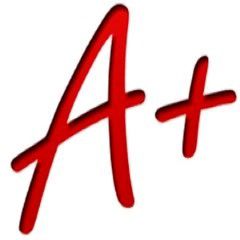
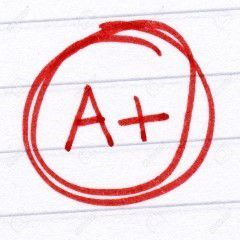

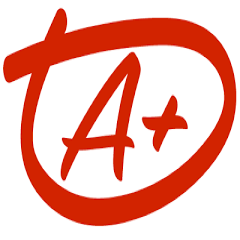

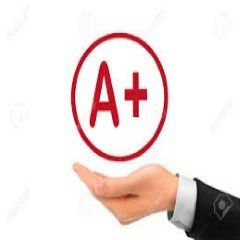
A+ - Thank you!
Thanks for the positive feedback!